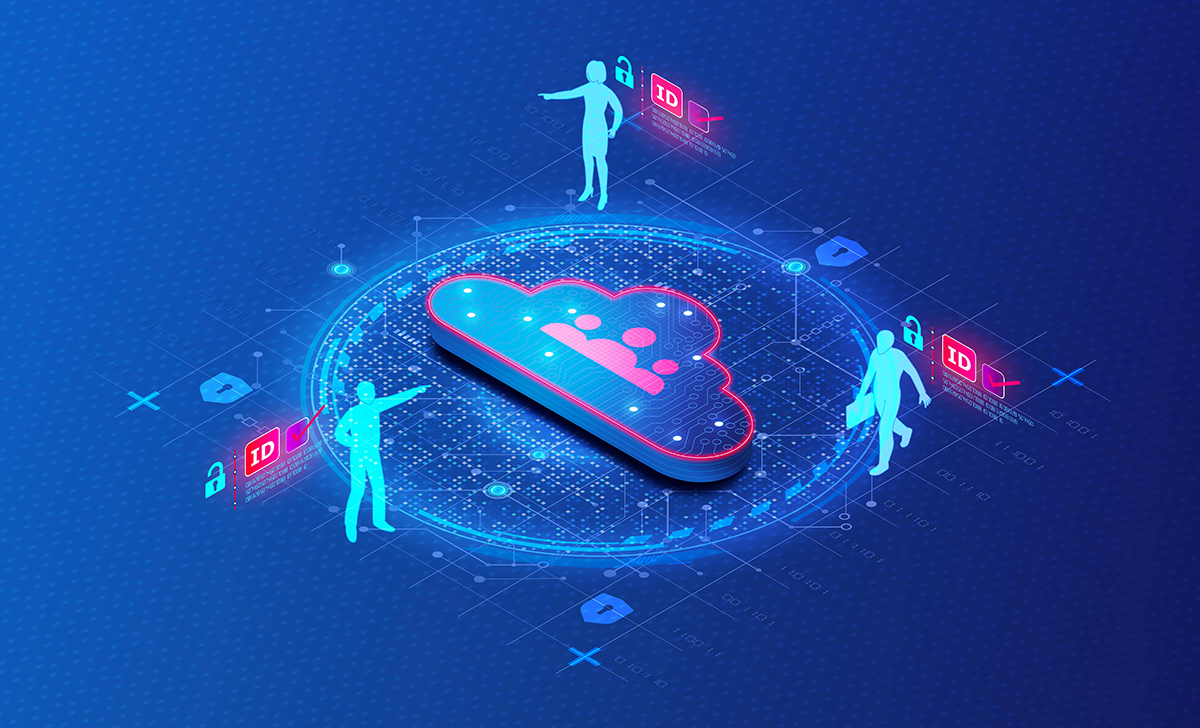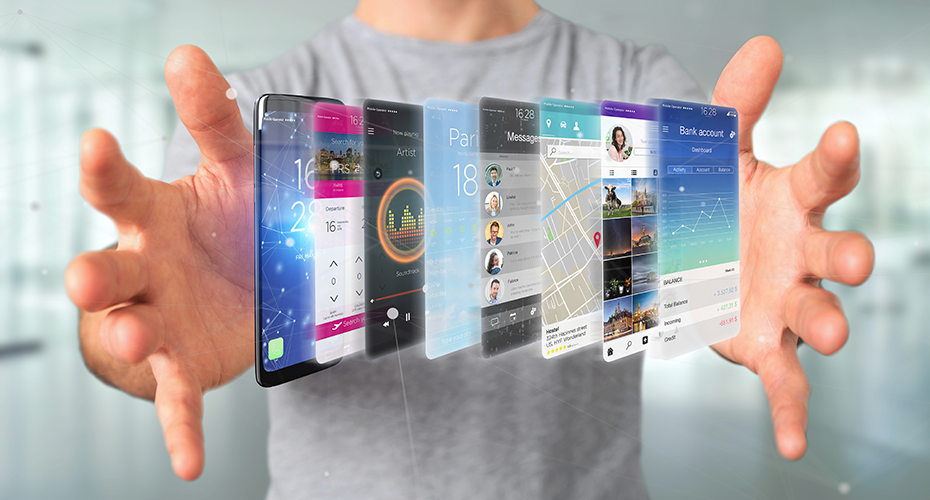
How To Make Remote Work, Work

COVID-19 continues to drastically shape how businesses function, and has resulted in a huge percentage of the workforce operating entirely out of their homes. While working from home can be challenging, staying connected and setting clear boundaries can improve the overall quality of one’s performance. How do you and your team stay connected, focused, on track, and sane? We sat down with UX Lead, Yilmaz Kulahoglu, to discuss how he and his team are managing working entirely remotely.
Apexon: What is the most important thing a team needs to be successful in working entirely remotely?
Yilmaz – “Tools and trust. You need to have the tools available to you that would enable you to continue your work remotely, not block it. With trust I think clear communication if there is no clear communication within the team, all trust is lost. Working collaboratively, everyone needs to pull their own weight, if they don’t, the whole team will fail. Understand “accountability, goals, responsibilities”
Apexon: What does a typical week/day/agenda look like?
“We have weekly one-on-one meetings, and daily stand ups with the whole team. Because we are working on different teams, that each have their own daily stand-ups, working remotely has resulted in more meetings.”
Yilmaz also noted that the Apexon’s stand ups used to be weekly, but now they have been doing them daily. Yilmaz stated that this “has been helping make us feel more connected to our team, and it fills the gap of not being able to see each other in the office daily.”
Apexon: What tools do you use? Zoom? Collaboration Boards? Etc
“We use a lot of tools; for conferencing we use Skype for Business, Zoom and Web EX. We also use multiple collaboration boards, such as Mural, Miro, Lucidchart. For design collaboration we use InVision and Freehand.”
YIlmaz also stated that he and his team use Filesharing, in order to easily share files and they use multiple chat applications; such as Microsoft Teams and Google Hangouts, to stay connected. Finally, for task documentation and project management the UX team uses Trello.
Apexon: What are some Do’s and Don’ts?
“If you are a facilitator of a call you need to do things more carefully. Is this meeting really necessary? Because everybody is juggling these days. If it is, you need to articulate the purpose of it and the importance at the beginning of the meeting. Also, articulate what the point is and what people should get out of the meeting. You need to make sure you are only inviting the people who need to be there, so you don’t waste their time.” Yilmaz stressed that “No one should be afraid of over communicating, and it is important to make sure everyone has a chance to talk and feels included.”
While Yilmaz seems hopeful that things will eventually turn back to normal he felt it was also important to be realistic and acknowledge that we really don’t know when this will happen. As a result, it is important to make sure that you do not have the mentality that things can “wait,” just because you think they cannot be done remotely. He emphasized that the conversation should be focused on how to transform the traditional ways of doing work.
Apexon: What were the major roadblocks that you had to overcome, and how did you handle them?
“This is hard for me to answer, because we are in tech, and well versed in how to do things online. The only thing that comes to mind is really getting an understanding of the feeling in the room during collaborative work. So I just do more frequent check-ins with people individually and encourage them more.”
Apexon: What was the outcome of your contributions and collaboration?
“The outcome is people just realize that things can be done remotely, and when it comes to UX research, it shows that it can be done cost effectively.” Yilmaz elaborated saying that UX research doesn’t need to require face-to-face interviews to get customer feedback. UX research can be extremely costly for companies, because many UX teams insist on face-to-face interviews and workshops, and companies have to pick up the bill for plane tickets and their hotel accommodations. Yilmaz highlighted that Apexon’s UX team has been able to deliver valuable insights for our clients, without the added cost.
Apexon: What is something fun you and your team do to stay engaged?
“We have a 15 minute ‘coffee hour’ call once a week, where we talk about non-related work things. Also, many of our team members are playing online games with each other like Mario Kart and jackbox.”
Another thing the UX team did was create a board on Trello to add fun ideas that the team can do during these times. Yilmaz provided some examples, like virtual reality tours, brainstorming ways the team can give back during this time, sharing recipes, books, tv shows, and movies to watch.




